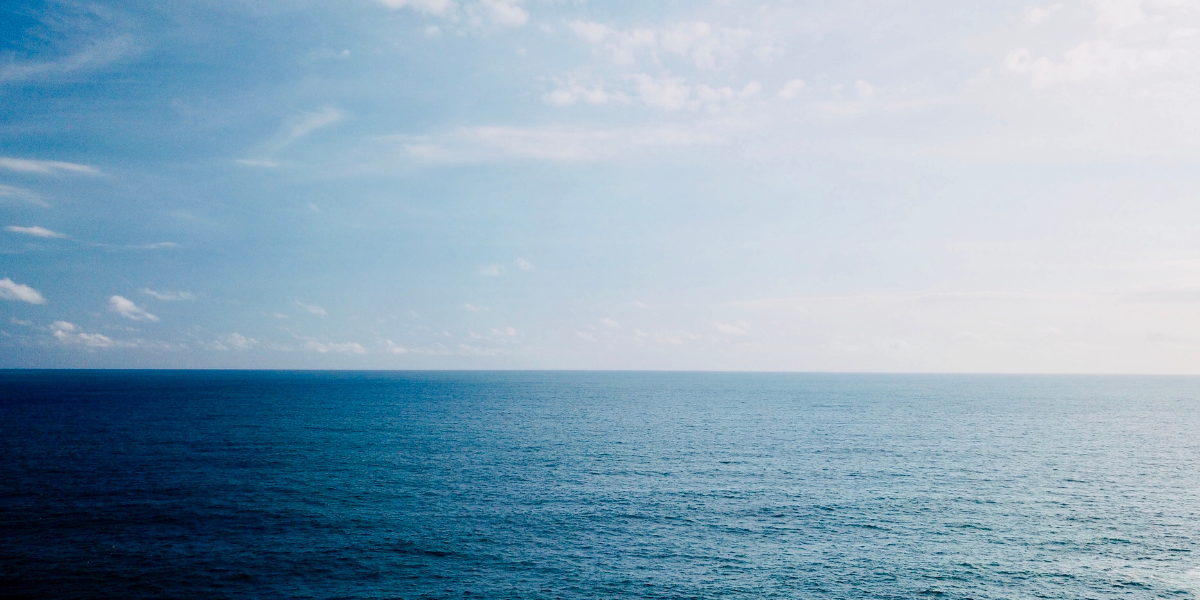This past year focused on protecting the part of the ocean that is outside of the jurisdictional reach of any specific country and is, arguably, so enigmatic that experts in the field are still striving to understand it.
When it comes to the high seas, there is a large part (64%) of the ocean that no one truly owns and that no one country can protect on its own. Which begs the question, “how do you protect something that doesn’t belong (only) to you?” Scholars espouse that the area belongs to us all.
According to the European Commission, only 1% of the high seas is protected, a shockingly small area to account for. With the remainder of the high seas unprotected, one can only imagine the impact of our actions on biodiversity. Think of the high seas as a world far beyond human grasp and, arguably, comprehension.
United by the desire to protect biodiversity, experts made an effort this past year to protect biodiversity; and whether one looks at this effort with a critical eye or with optimism, 2023 showed us that problems in the high seas can only be solved by collaboration.
IMPACT OF THE SUSTAINABLE DEVELOPMENT GOAL #14
Perhaps the best way to start is by acknowledging that the United Nations’ Sustainable Development Goals (SDGs) play a major role in contextualizing this year’s effort to protect the high seas.
Notably, SDG 14: Life Below Water, which aims to “Conserve and sustainably use the oceans, seas and marine resources for sustainable development,” is a guidepost for efforts to promote ocean health in the high seas and, coincidently, 2023 is part of the 4-year review cycle for the Global Sustainable Development Report (GSDR). This year also marks the half-way point between when the report was first written and the goalpost of 2030. With this backdrop in mind, let’s take a brief look at the 2023 developments.
AGREEMENT UNDER THE UNITED NATIONS CONVENTION ON THE LAW OF THE SEA ON THE CONSERVATION AND SUSTAINABLE USE OF MARINE BIOLOGICAL DIVERSITY OF AREAS BEYOND NATIONAL JURISDICTION (BBNJ Agreement Adopted June 2023)
The BBNJ Agreement was adopted in New York on June 19th 2023. This landmark agreement contains an important general objective in Article 2, “to ensure the conservation and sustainable use of marine biological diversity of areas beyond national jurisdiction, for the present and in the long term, through effective implementation of the relevant provisions of the Convention and further international cooperation and coordination [emphasis added].”
In Article 7 General principles and approaches, the BBNJ Agreement lays out many guiding principles that are familiar in the environmental law context, such as the “polluter-pays principle” and the “use of the best available science and scientific information.” The agreement then goes on to divide up objectives based upon different subject areas. Below is a preview:
KUNMING-MONTREAL GLOBAL BIODIVERSITY FRAMEWORK (ADOPTED DEC. 2022; IMPACTING 2023 AND BEYOND)
One should pay close attention to the purpose of this framework. Section B. Purpose on the value of biodiversity includes a stated purpose “to catalyze, enable and galvanize urgent and transformative action…to halt and reverse biodiversity loss…”
In Section F. 2050 vision and 2030 mission, the framework splits up its timeline into two parts: present time until 2030, and 2030 to 2050. The 2030 mission includes an emphasis on taking “urgent action to halt and reverse biodiversity loss…” whereas the 2050 vision is a bit more amorphous, focusing on the value, wise use, restoration, and conservation of biodiversity resources.
WORLD TRADE ORGANIZATION: AGREEMENT ON FISHERY SUBSIDIES (Adopted June 2022).
One major consideration regarding “overfishing” is whether biodiversity is affected. The Agreement of Fishery Subsidies, adopted in June 2022, is one mechanism that may be used to restrict “illegal, unreported and unregulated (IUU)” fishing activities among its members.
As part of the overarching Agreement on Subsidies and Countervailing Measures (SCM Agreement), this WTO agreement is extremely specific when it comes to defining IUU and to specifying what is allowed and what is not allowed. This will likely prevent any misinterpretation of the language – a major benefit when different countries work together to thwart illegal fishing in marine waters.
CONCLUSION
Thus, 2023 marked a turning point in which experts around the world focused on the high seas and biodiversity. The main push this year was to protect the part of the ocean that is only a mirage to many. How the above agreements will evolve is, of course, unknown. However, the first step to protecting the high seas is to acknowledge that it needs protection, even as the understanding of its biological significance grows. After all, everyone will benefit from it. It is the common heritage of mankind.







